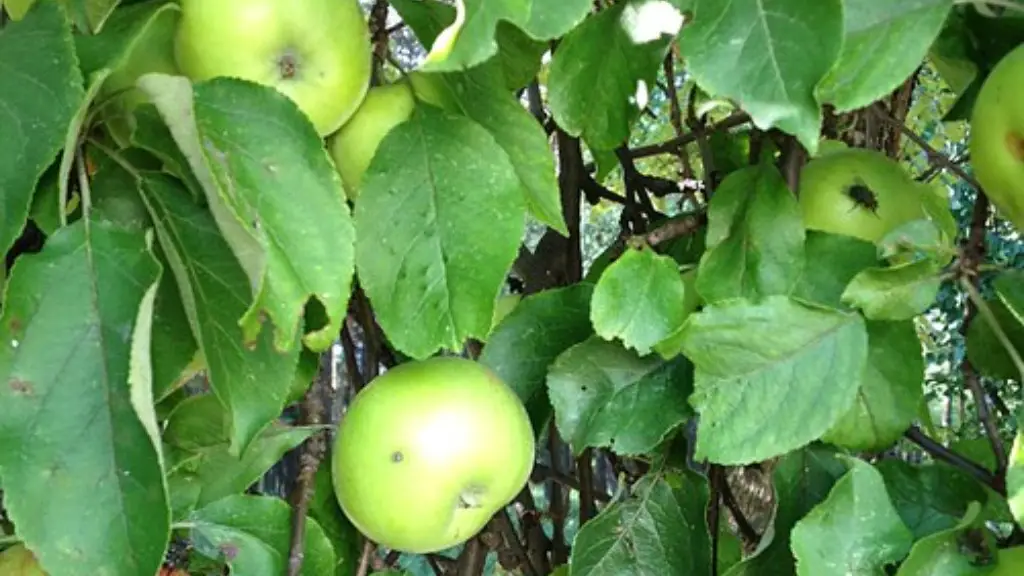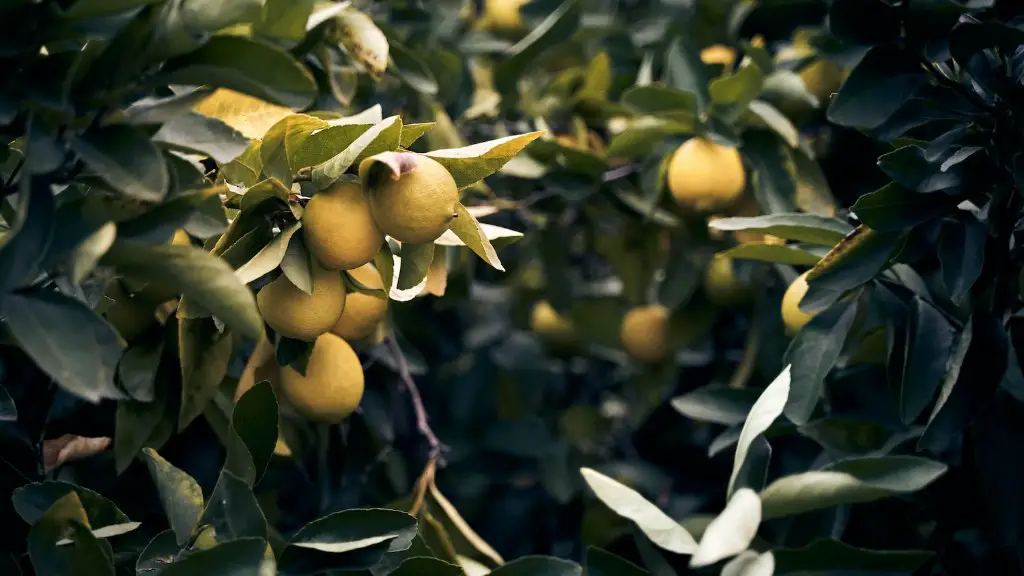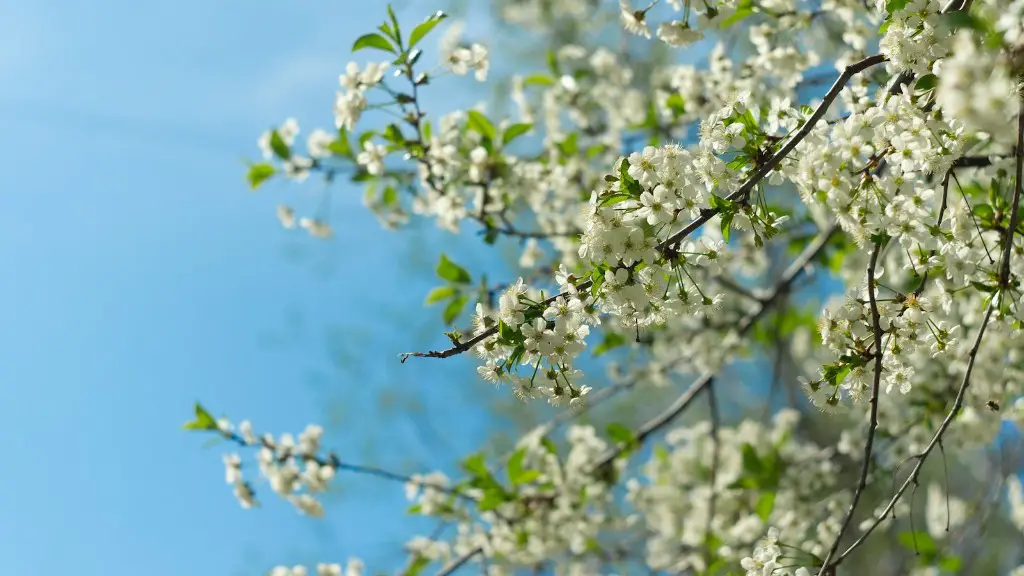How to Plant an Avocado Tree
Avocados are a popular and sought-after fruit all over the world, with many people loving the creamy, buttery taste. Although primarily grown in subtropical climates, there are some varieties that can be grown at home in containers and smaller gardens. Here’s what you need to know about planting, growing, and maintaining an avocado tree.
Choosing the Right Avocado Tree
When it comes to choosing the right avocado tree for home planting, it’s important to select a variety that’s suitable for the climate you live in. Mexican varieties are generally more cold-hardy than their tropical counterparts, and can handle temperatures down to 20 degrees Fahrenheit. On the other hand, tropical varieties can struggle in cooler climates, so if you live in those areas, you may want to opt for Mexican varieties instead.
In addition, it’s important to make sure that your tree is certified disease-free. Avocado trees are susceptible to diseases such as sunburn and Phytophthora root rot, so it’s critical to purchase a tree from a reputable nursery to ensure that you’re not purchasing a diseased specimen.
Prepping Your Site
Once you’ve chosen the right tree, it’s time to prepare your planting site. Avocado trees need full sun, so make sure that your site has plenty of direct sunlight. The soil should also be well-draining, as avocados are susceptible to root rot if the soil becomes too waterlogged.
You’ll also need to provide a stake for your tree, as young avocado trees can be quite top-heavy and can easily blow over in high winds. Staking your trees can also help with vertical growth and ensures your trees grow nice and straight.
Planting the Tree
When it comes to planting your avocado tree, the most important step is to make sure that you don’t plant it too deeply. The root flare, which is the point where the roots transition to the trunk, should be no more than 1-2 inches below the surface. Planting your tree too deeply can lead to weakened or dying trees.
After planting your tree, it’s important to water it thoroughly to ensure that the roots have taken. You may also want to provide a layer of mulch around the base of the tree to help retain moisture and suppress weeds.
Caring for Your Tree
Caring for a newly planted avocado tree isn’t too difficult; the main requirement is providing the right amount of water. In general, avocado trees need around 1-2 inches of water per week. If rainfall is lacking, you’ll need to provide supplemental irrigation to ensure that your tree is well-watered.
Fertilizing your tree regularly is also important for optimal growth. Look for a slow-release fertilizer labeled for avocados and follow the recommended guidelines.
Pruning the Tree
Pruning your avocado tree is important for both maximizing fruit production and maintaining the tree’s shape. Generally, you should prune your tree at least once a year, more frequently if your tree is very young. When pruning, aim to remove any dead or diseased limbs and also prune away any shoots and branches that grow too far away from the main trunk and canopy.
Harvesting the Fruits
Avocado fruits can take anywhere from 6-12 months to mature and ripen, depending on the variety. To check if your fruit is ripe, knock gently on the skin. If it gives slightly, but not too much, the avocado is ripe and ready to be picked.
If you don’t want to harvest the fruits right away, you can also prevent them from maturing by providing shade for the tree. This helps to slow down photosynthesis and prevents the fruit from getting bigger and ripening too quickly.
Protection from Pests and Disease
Avocado trees can be susceptible to diseases such as black pit and Phytophthora root rot. To reduce the risk, always purchase certified disease-free trees and keep an eye out for signs of infestation. If you find any pests or disease symptoms, it’s important to act quickly and take the necessary measures.
Common pests that can attack avocados include aphids, scale, and mealybugs. To protect your tree from these pests, you can use natural predators such as ladybugs, lacewings, and parasitic wasps. You can also spray with neem oil or insecticidal soap to get rid of any stubborn pests.
Support Structures and Additional Maintenance
Avocado trees are very top-heavy once they start producing fruit and can easily blow over in high winds. To prevent this from happening, you may want to provide your tree with support structures such as stakes or trellises to keep the canopy upright.
Mulching your tree regularly and keeping the site free of weeds can also help the tree to stay healthy. Finally, fertilize your tree on a regular basis and prune away any dead or diseased limbs to keep your tree looking its best.
Avocado Tree Propagation
Avocado trees are easily propagated by seed, which is often the quickest and most economical option. All you need to do is take a ripe fruit and extract the seed. Then, simply suspend the seed in a glass of water, keeping the seed submerged in the water. After a few weeks, the root should start to emerge from the seed, at which point you can pot up the seed and start growing your avocado tree.
Root cuttings and grafting are also two other ways of propagating avocado trees. Root cuttings need to be taken from an adult tree and planted directly into the ground, whereas grafting requires taking a cutting from an adult tree and grafting it onto young rootstock. Both root cuttings and grafting are more advanced techniques and are generally best left to experienced gardeners.
Pollination and Fruit Production
Although avocado trees are self-pollinating, they benefit from cross-pollination, which helps to produce larger, more flavorful fruit. If you have multiple avocado trees, you can encourage cross-pollination by hand-pollinating your trees with a small brush or cotton swab.
Fruit production is heavily dependent on the amount of sunlight your tree receives and the amount of water it gets. Regular fertilizing and pruning also plays a role, as well as the type of pollination your tree receives. On average, an avocado tree can produce up to 150 fruits per season.
Pest and Disease Control
Avocado trees can be vulnerable to pests and diseases such as black pit, Phytophthora root rot, and mealybugs. To help prevent these diseases, always purchase certified disease-free trees, keep the soil well-draining and fertilized, and inspect your tree regularly for signs of infestation.
In the event of an infestation, you can use natural predators such as ladybugs and lacewings, or you can spray with neem oil or insecticidal soap. If you suspect that your tree has been infected with a disease, contact a professional as soon as possible to help diagnose the problem and provide appropriate treatment.
Caring for Mature Trees
Once your avocado tree has started producing fruit, regular maintenance is essential for optimal production. Water regularly and make sure to fertilize often. Pruning is also important for crowd control and for controlling the size and shape of the tree.
If your tree is in an area with high winds, you may want to consider using a support structure such as stakes or a trellis to prevent it from blowing over. Finally, it’s important to inspect your tree regularly for signs of pest or disease infestation and take action if necessary.
Pruning Techniques
When it comes to pruning avocado trees, it’s important to understand the difference between “formative pruning” and “maintenance pruning.” Formative pruning is the process of creating an ideal tree structure and shape, while maintenance pruning is the act of trimming away any dead, diseased, or overgrowth branches.
When pruning, make sure to use sharp, clean tools to ensure that you make clean and precise cuts. Aim to prune your tree at least once a year and take care to not damage the trunk or larger branches.
Harvesting and Storing Avocados
Harvesting avocados depends on the variety, but generally, it’s best to wait until the fruit is ripe before picking it. You can test if the avocado is ripe by knocking gently on the skin; if it gives slightly, but not too much, the avocado is ready to be harvested. When harvesting avocados, be careful to not damage the tree or any of the other fruit.
Once harvested, avocados can be stored in the refrigerator for up to five days. To extend the shelf life of your avocados, you can also freeze them for up to six months.
Watering and Nutrition Requirements
Avocado trees benefit from moderate watering, typically needing around 1-2 inches of water per week, depending on the climate. If rainfall is lacking, you may need to provide supplemental irrigation to ensure that your tree gets the water it needs.
In terms of nutrition, avocados need phosphorus and nitrogen, as well as trace elements like iron, magnesium, and zinc for optimal growth. Fertilizing your tree regularly with a slow-release fertilizer formulated for avocados is the best way to ensure that your tree gets the nutrition it needs.



